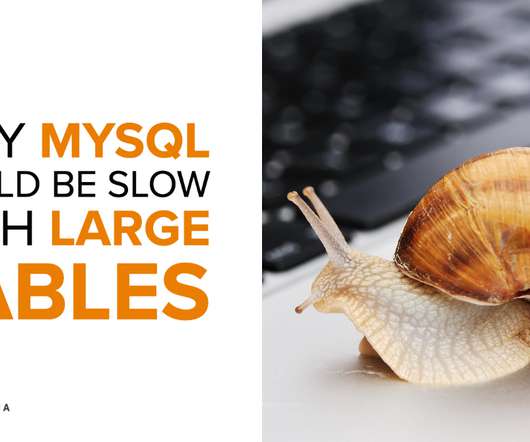An analysis of performance evolution of Linux’s core operations
The Morning Paper
NOVEMBER 3, 2019
For the rest of us, if you really need that extra performance (maybe what you get out-of-the-box or with minimal tuning is good enough for your use case) then you can upgrade hardware and/or pay for a commercial license of a tuned distributed (RHEL). and is a key building block of containerization technologies. Measuring the kernel.



























Let's personalize your content